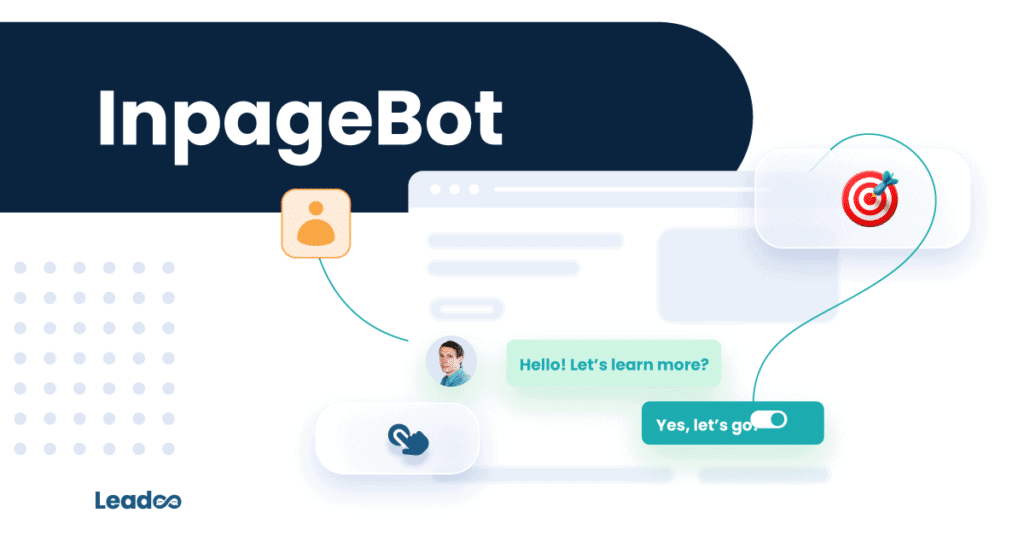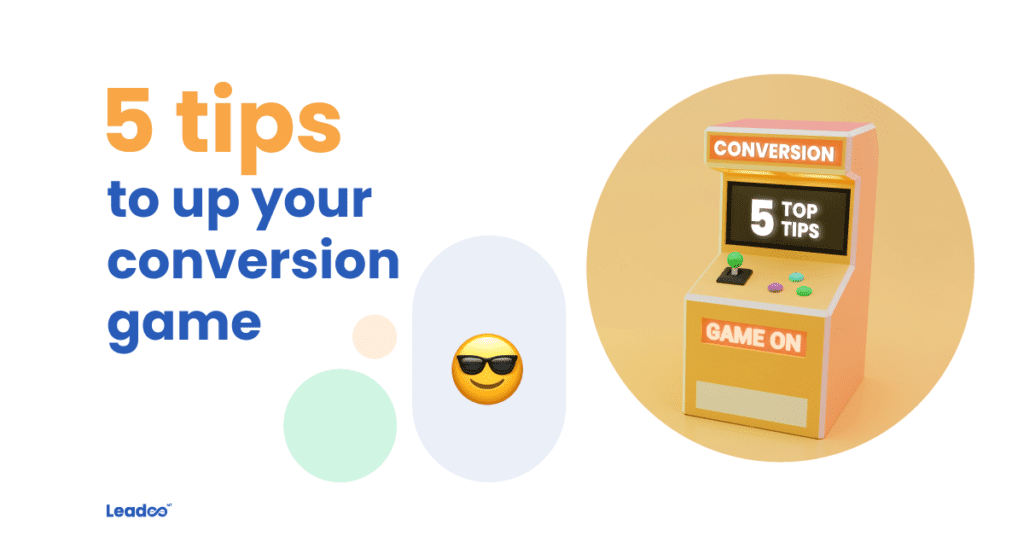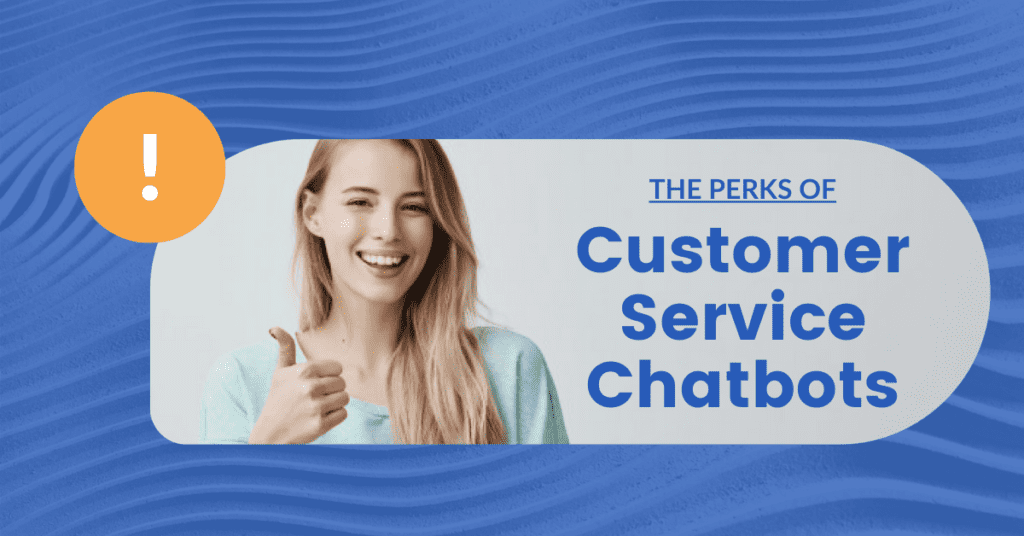When you arrive at your favourite clothing shop, you normally know what you want – your favourite shirt in a size you like, or maybe a pair of jeans that you know fit perfectly. But what about your favourite website? Do you know what about your user experience on these sites keeps you going back for more?
It’s likely that it’s the little things your favourite website does that set it apart from the rest. For instance, if you check out any of the top SaaS company websites, you’ll notice they all have invariably the same layout – listed by product, or listed by feature, with similar pricing pages. But those that really stand out from the crowd in this space are those which provide a personalised experience. Again, it’s likely that your favourite website already does this, and probably has a layout that caters to you and your preferred way to shop and spend.
Personalising your website can make your visitors feel more connected to your brand, and can also improve user experience by making each interaction feel individual. It doesn’t require sweeping or complex changes in order to provide a level of personalisation in your users’ experience. In fact, you can make a positive change to the level of personalisation with just five simple tips – follow along to find out how you can personalise your site to provide your customers with a tip-top user experience.
5 ways to personalise the user experience of your visitors:
1. Make content user (and mobile) friendly
One easy way to make your site feel more personal is to make it user-friendly. This goes for the layout and imagery used, but also more technical things like ease of navigation and page load speed. Making the site mobile friendly is also pretty important – Google did some research and found that over 40% of revenue generated in B2B is mobile-initiated. Can you afford to have a site that isn’t mobile-friendly, and miss out on potentially 40% of your market?
We created a whole article on the importance of page load speed and its impact on SEO too, you should check it out. There are obviously positive impacts on SEO and user experience as a result of being mobile optimised – so ensure your site is optimised for both mobile and desktop to maximise the experience for customers however they choose to browse.
Lastly, make sure you create a website that makes it easy for your visitors to find what they’re looking for, and that if they want to take action, that they can do so on every page. What that looks like is down to you – a contact form, or more interactive elements such as a bot, but these should be in every obvious place that a visitor might want to convert. It’s incredible how many websites we review that don’t have a single call to action on the front page. Remember – the best websites are those that can be a resource for their customers and help them get what they need.
2. Provide relevant content
As mentioned before, a website in many cases is the easiest representation your brand has for customers to access. You want your visitors to come to your site, and have a reason to stay instead of disappearing off into the ether – usually elsewhere. Give your visitors reasons to return by creating relevant, engaging content. You can do this by creating blogs and articles that answer relevant questions linked to the industry you operate in, create interesting research pieces, as well as provide information about your products and services. It goes without saying, though, that these should be topics relevant to your Ideal Customer Profile (ICP) and that the content you create must be of interest to them.
And don’t forget point one – make it as easy as possible for your visitors to convert when they’ve read a blog or article, and provide them the means to do so!
3. Add interactive, contextual elements
There is possibly nothing more annoying and time-consuming as a customer than spending your time trying to navigate through a lengthy chatbot conversation where you’ve had to go past every other topic except the one you’re looking for. It sucks, and customers don’t like it. Generalised chatbots – those which appear on every page and provide a general ‘how can I help’ service – have a much higher bounce rate than other bots which are in context to the page and product or service that a customer is actually looking at.
You could make use of an InpageBot from Leadoo here to create engaging, interactive conversations that allow you to help, guide, and convert your visitors. InpageBot is always contextual – each bot is created with the page’s content and purpose in mind, and our experts work alongside you to test different conversation pathways to find out what works (and what doesn’t) for your customers.

Again, the best websites are those that the user can feel like they are part of. They want to click on the content, take out a smartphone and start watching videos or trying out the product. You could try using interactive tests or quizzes to engage your audience and use this as both a research tool and a lead generation exercise, by collecting the information inputted by your visitors.
Interactive, activating content can be helpful for improving user experience, as well as for creating a personal website that connects with your customers.
4. Use feedback from user testing to improve
If you’re running user testing, then you should be using the results from these tests to improve your site. After all, your visitors behaviour tells you what they like – or don’t – and so you should create your site around the feedback you receive. A/B testing should help you improve your conversions if you’re acting upon the information you’re getting back from the tests. By monitoring and analysing each step of the buying path, you can make findings or spot issues that might become a barrier to a potential buyer.
The article linked above provides you more information on how to actually run an A/B test and what you need to set out before you begin.
5. Make use of audio & visual content
Website visitors are usually looking for information, but the way they want to receive this varies. That’s why adding audio and video content to your site can help improve user experience and boost your conversions – you’re providing content to your customers in a way that they like. Audio content is useful for helping users feel connected to your brand, while also providing helpful information. You can create podcasts, audio walkthroughs, and more to help your site visitors get the most out of your content. Video content is both entertaining and informative, helping your website visitors feel like they’re being guided through your products and services, and giving them a way to see the product or service in action. You can also use videos to explain troubleshooting tips or procedures to help your existing customers find what they need, too.
One tool that is excellent for this job is the InpageBot, or the VisualBot, from Leadoo. VisualBot is a bot designed for displaying information and gaining interaction from your visitors in a more visual way – with the ability to embed video, images and sound into almost any part of the bot. Every conversation is contextual, and our experts work alongside you to ensure the content of every conversation pathway is relevant to the customers you have visiting each page. Both bots provide the opportunity to display eye-catching videos, such as the example below from our Swedish client, SolNord AB.
Key takeaway: Personalised content is king
Your website is the first impression your customer gets – so you want that impression to be as good as possible, and as we’ve seen, the key to excellent user experience is personalisation. You want personalised, contextual content available for your customers, making both the website and the content on it feel like a second home for them 🏡


